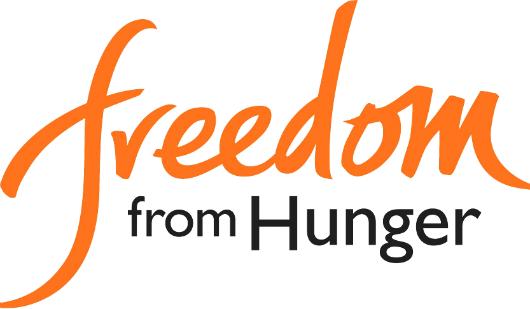
The idea for this report grew out of a meeting of leaders of the microfinance and health communities held in Ahmedabad, India in July 2011, thanks to the support of the National Bank for Agriculture and Rural Development (NABARD), the Small Industries Development Bank of India (SIDBI), Johnson & Johnson, Ananya Finance for Inclusive Growth, and the Council for Scientific and Industrial Relation (CSIR). In an unusual exchange, leaders from microfinance and health—two diverse sectors—shared information, approaches, impact evidence, and the opportunities and challenges of combining health and microfinance to reach millions of underserved poor in India. They urged us to tell the story of this emerging field more broadly. Freedom from Hunger, the Indian Institute of Public Health at Ghandinagar, and the Microcredit Summit Campaign prepared this report to inform and educate policymakers, microfinance institutions (MFIs), self-help promoting institutions (SHPIs), private and public health providers, researchers, donors and social investors, and other stakeholders about approaches to combining microfinance and health. We hope it will catalyze dialogue and debate and encourage further exploration of the potential to combine microfinance and health for a low-cost approach to improve health and productivity of the Indian poor. We are grateful for the financial support of the Johnson & Johnson Foundation, NABARD, and SIDBI, who agreed that it was important to share more broadly the current state of the Indian field of health and microfinance. We especially acknowledge and thank the many pioneering microfinance and self-help promoting institutions, healthcare providers, and others who are working across sectors to improve the health and financial security of vulnerable Indian families. They have generously shared program information and experiences so that others might learn about both the opportunities and challenges of linking microfinance and health. – Kathleen Stack, Vice President for Asia and Africa, Freedom from Hunger – Dr. Dileep Mavalankar, Director, Indian Institute of Public Health, Ghandhinagar – Larry Reed, Director, Microcredit Summit Campaign
The microfinance crisis in India has been front-page news. What many do not know is that India’s microfinance sector has become a promising platform for reaching the poor with vital health information, products, and services. Scores of microfinance institutions (MFIs) and self-help promoting institutions (SHPIs) regularly educate their clients and members on a wide range of health topics, from child and maternal health to prevention and management of diseases such as malaria, HIV/AIDS and diabetes. Some run health camps or have established health clinics. Others have innovative partnerships that connect microfinance service users with healthcare providers through telemedicine. Some institutions offer healthcare financing through health loans, health savings and health insurance.
The microfinance environment in India is changing. MFIs face new regulatory guidelines and more cautious banks and investors. This has led them to re-commit to client-centered products and approaches. National Bank for Agriculture and Rural Development’s (NABARD) SHG II calls for strengthening SHPIs and self-help groups (SHGs), and improving financial products and linkages with banks for their members. There is a renewed focus on social performance throughout the sector. An otherwise difficult situation has created an opportunity for microfinance to tackle one of the biggest barriers to economic advancement of the poor: ill health.
The benefits of combining microfinance and health are evident from cases presented in this report. MFIs and SHGs have achieved significant impacts in areas such as neonatal and maternal mortality and infant and child feeding (Metcalfe et al., 2012; Tripathy et al., 2010). Rigorous cost studies have demonstrated the low marginal costs for MFIs to provide health services and good indications of a positive impact on the MFI bottom line (Reinsch, Dunford & Metcalfe, 2011). However, there is much more to learn. We need to determine the most effective and low-cost packages of health services that microfinance can provide. Which delivery systems work best? How can services be scaled for maximum outreach to MFI clients and SHG members? What can be done to educate the health sector about how best to work with microfinance service providers? The microfinance sector cannot be a substitute for the health system. However, where tens of millions lack access to health information, services and financing, the microfinance sector—with its vast and regular contact with the poor—can go a long way to fill the gaps.
Written by Marcia Metcalfe, Freedom from Hunger, Somen Saha, India Institute of Public Health, Ghandinagar, D.S.K. Rao, Microcredit Summit Campaign, Kathleen Stack, Freedom from Hunger, Anna Awimbo, Microcredit Summit Campaign
File Name: integrated-health-and-microfinance-in-indi
